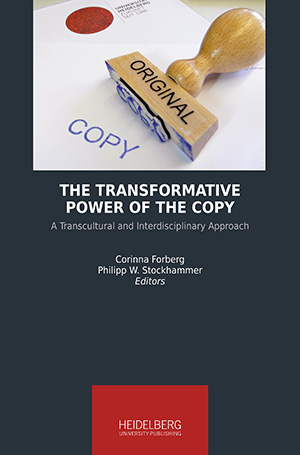Zitationsvorschlag
Lizenz (Kapitel)

Dieses Werk steht unter der Lizenz Creative Commons Namensnennung - Weitergabe unter gleichen Bedingungen 4.0 International.
Identifier (Buch)
Veröffentlicht
Copying and Competition: Meissen Porcelain and the Saxon Triumph over the Emperor of China
Abstract It was faithful copies of Japanese porcelain in the Kakiemon style that brought about a crucial change in the appreciation of Meissen porcelain around 1730, two decades after the foundation of the first porcelain manufactory in Europe. The fact that distinguished collectors initially believed them to be East Asian commanded widespread attention and admiration for the Saxon copies in France. It was even stated that some connoisseurs preferred them to the Japanese prototypes. Their unexpected success in Paris, the foremost market for art of the time, also altered the understanding of this native product in Dresden. Convinced that his porcelain had finally trumped the highly-rated imports from the Far East, Augustus the Strong abandoned the plans for his “porcelain palace,” the so-called “Japanese Palace:” Henceforth, the central throne gallery of the palace was to be reserved for Meissen copies in the Kakiemon style to testify the superiority of Saxon porcelain. By staging an imaginary public audience of a Far-Eastern delegation whose porcelain gifts he rejected as inferior, Augustus the Strong went so far as to present the success of his unique and muchenvied manufactory as a triumph of the Saxon Elector and King in Poland over the almighty Emperor of China. To this end, he eclectically copied and adapted the most successful patterns of absolutist representation in order to emulate previously existing examples of absolutist representation. Being his last, most ambitious, though ultimately unfinished project, the designs for the Japanese Palace sum up Augustus the Strong’s constant quest to bolster the royal dignity and imperial aspirations of his dynasty.
Keywords Dresden, Augustus the Strong, Japanese Palace (Dresden), Versailles, Imperial Palace (Beijing)




